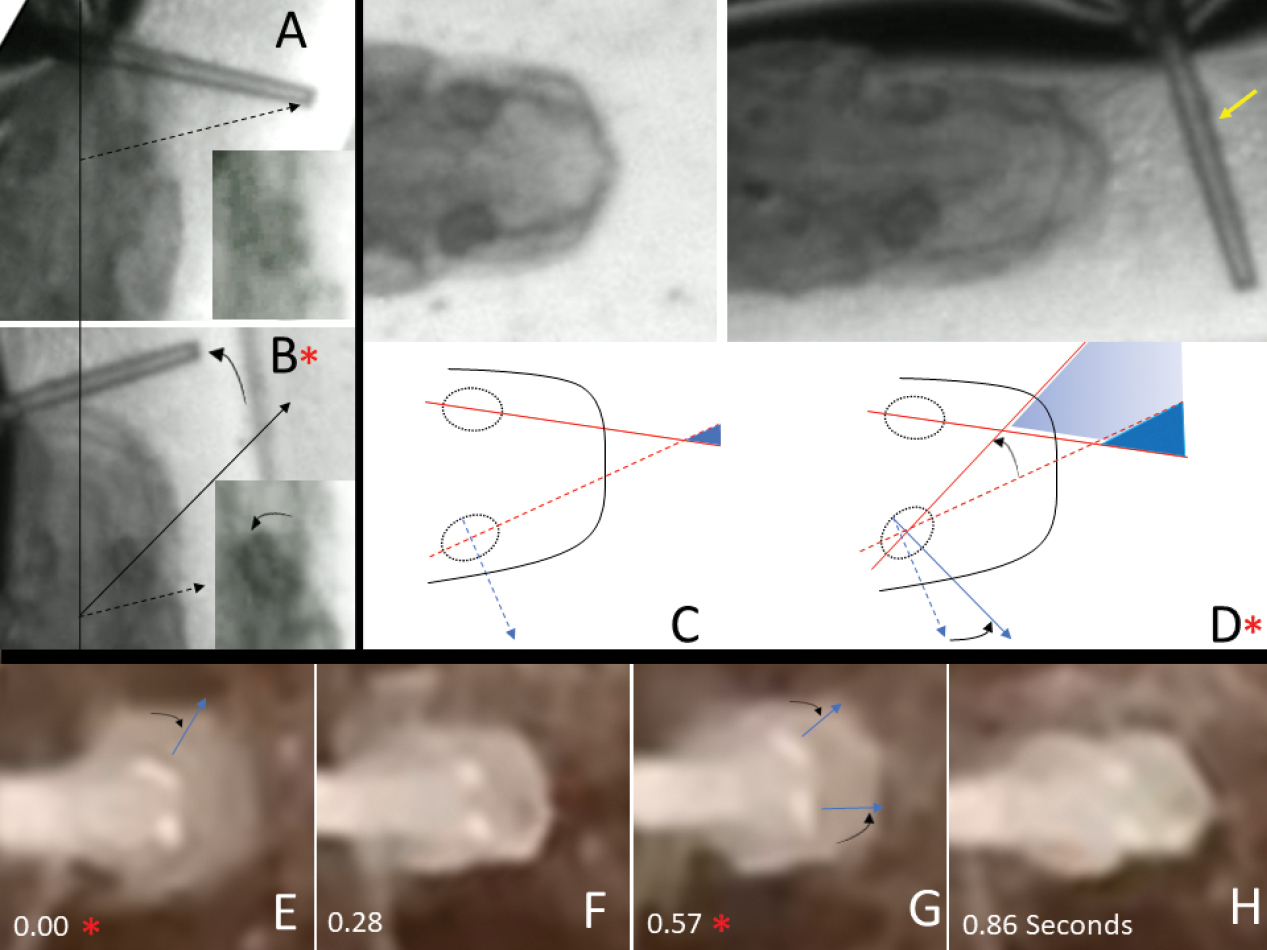
|
||
|
Despite being blind, the eyes of cavefish larvae tracked the position of the source of vibrations (A, B). During LPC, the mean vergence angle changes in the cavefish, advancing the binocular field to close to the front of the mid-point of the eyes (C, D). Each eye can have its own and different angle of vergence (E–H). Depending on the position of the source of the vibrating stimulus, a single eye may move forward, while the other remains laterally pointing (E). At another position of the stimulus, both eyes may converge forward (G). Soon after, eyes return to normal position (F, H). Eye vergence may represent a vestigial behavioral character, left-over in the evolution of Astyanax cavefish, since changes in the binocular field may be irrelevant due to the blindness of larvae by this stage of development and because of living in the dark with no visual stimuli. |